Description
Viola ‘Bournemouth Gem’ ( violet )
A selection of our native sweet violet bred especially to produce violets for the trade in cut flower posies. The flowers are exceptionally large with an open wide form and are borne on long stems above the partially evergreen foliage. Unfortunately the price of the large flowers is that the scent has been largely lost from this variety. It grows in much more open clumps than Viola odorata and has distinctive veined, heart-shaped leaves which are a litle glossy. Grows in shade or sun. Prefers a moist soil
Violets – Viola
Sweet Violet is native throughout Europe including the British Isles where it is the only fragrant violet.
For cultivation they prefer a soil that is neither too heavy nor too light, with a good supply of humus and advantage. They should be situated ideally where they do not receive excessive sun in the Summer (which can exacerbate attack by Red Spider Mite), but get ample sun in the autumn to promote good flower initiation.
Some countries still grow sweet violet as a commercial crop for the perfume industry. You can extract the essential oil from the flowers, although the foliage does carry some scent itself.
There has been a long association with Violets and death, particularly of the young, a connection they share with Primroses. You can find references to this in the works of Milton and Shakespeare. Another adverse association is with fleas, with a superstition in Gloucestershire stopping people bringing them into the house. It probably stems from the habit of some small insects of burrowing into and feeding off the stems.
Violets were adopted as the emblem of the Imperial Napoleonic Party. This follows his statement on departing to exile in Elba that he would ‘Return with Violets’.
Naming
Viola is the original Latin name for the violet and probably stems from the Greek word ‘ion’=violet. (Jupiter created the violet as a fitting food for Ione who he had turned into a cowFrom viola has come the common name we use, violet, via the French ‘violette’. The specific epithet ‘odorata’ means fragrant.
In common parlance many diverse plants have carried the name Violet . Possibly, this may stem from ‘the word vias’ meaning wayside. Try out these for instance: Snowdrop (Narcissus Violet), Honest (Strange Violet), Gentian (Calathian Violet) and Periwinkle (Marion’s Violet). You would therefore distinguish The true violet as the March Violet.
Cleistogamy
The violet flower is in one way peculiar, it is rich in honey and designed for bees, but blooms before bees are abundant. Many of these sweetly scented, honey rich flowers are sterile and bear no seed. However, there is a second flowering in the autumn of small, insignificant flowers hidden in the foliage. These flowers are fully fertile and do lead to seed, but have none of the insect attractants. They therefore tend to self-fertilise. In warmer countries these flowers may develop fully like the spring crop. This form of asymmetric double flowering is called cleistogamous and can be found in other plants such as Campanula and many of the grasses.
Links
Sweet Violet, Sweet-Scented Violet

















































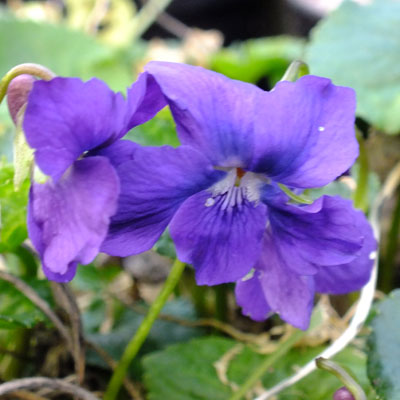
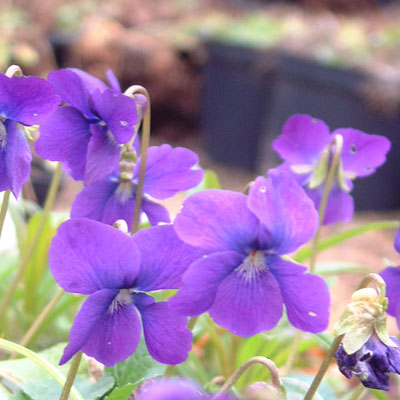
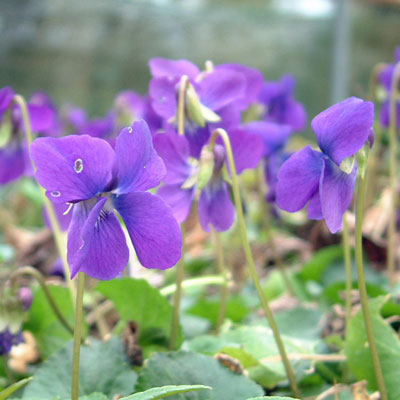
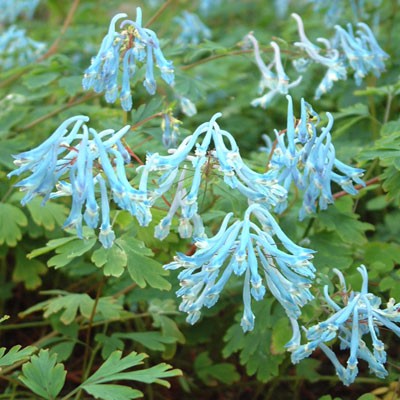
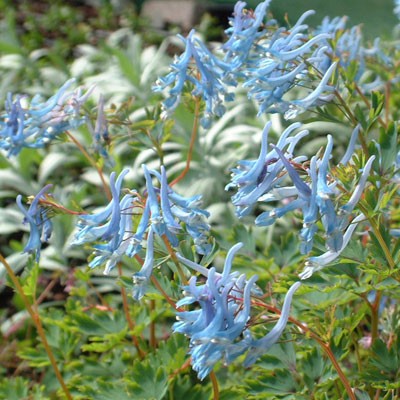
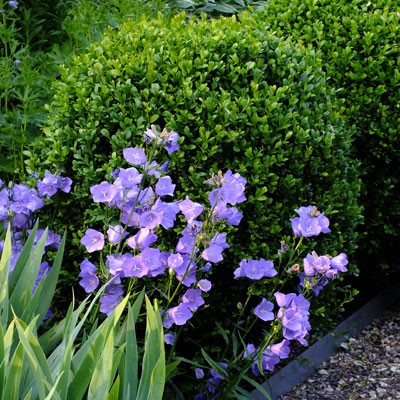
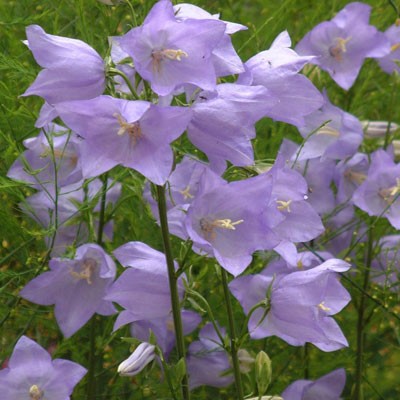
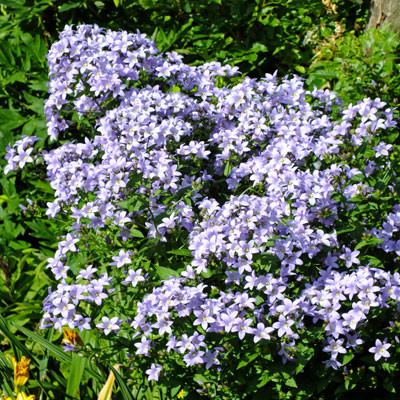

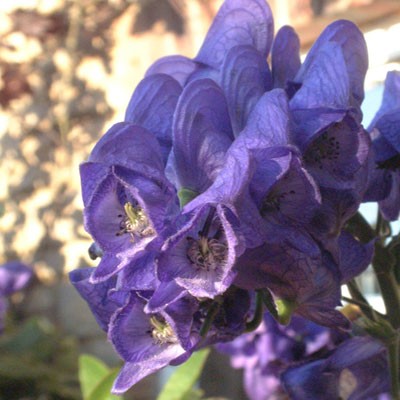
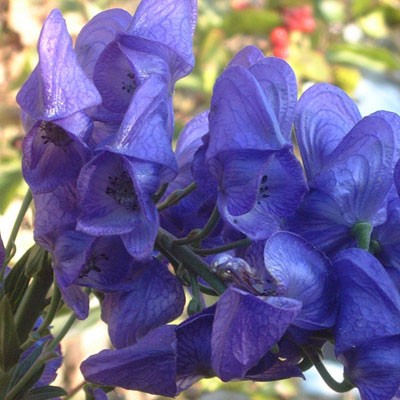
Reviews
There are no reviews yet.